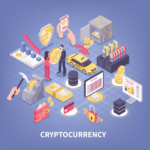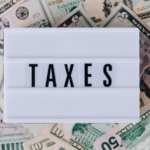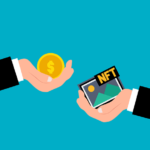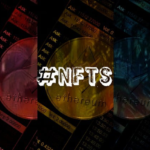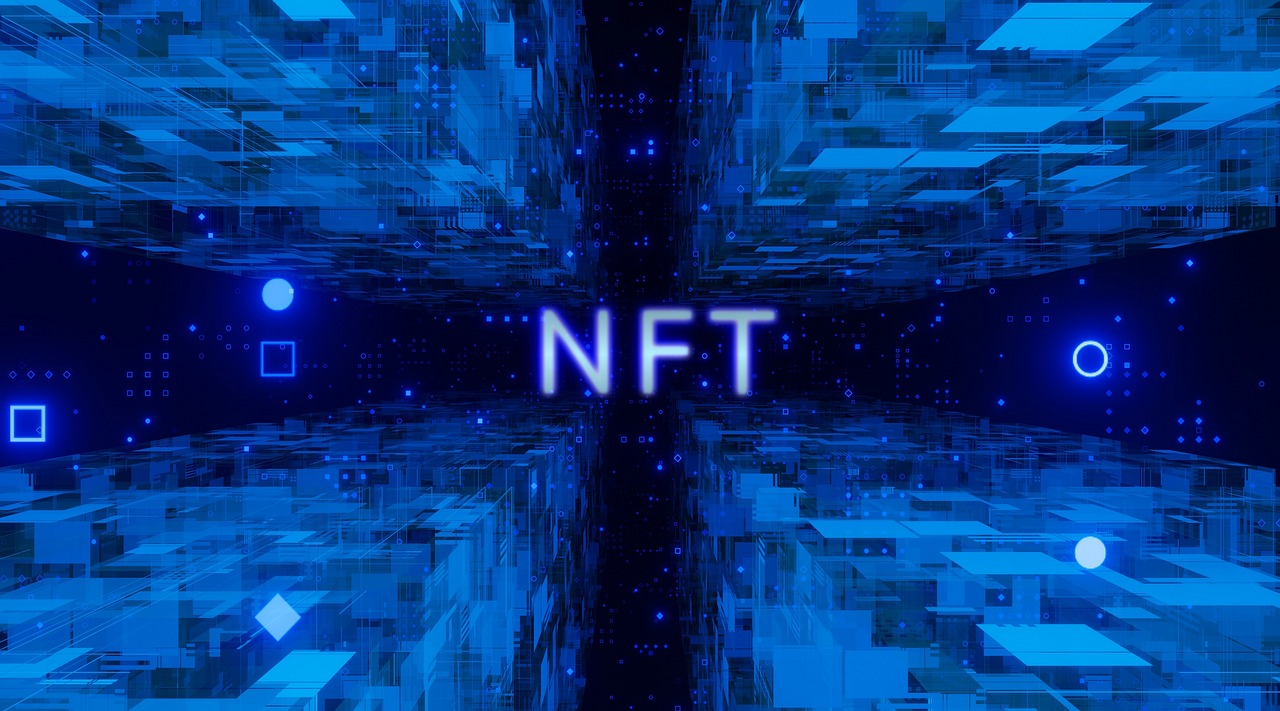
The advent of non-fungible tokens has heralded a fresh era for digital collectibles, offering individuals a platform to express their identities, passions, and affiliations through one-of-a-kind digital assets. As the worth of these assets fluctuates in tandem with the ebb and flow of interests and fandoms, it becomes imperative for collectors to comprehend the intricacies of ownership, authenticity, and the dynamic nature of interests.
In the past, we’ve witnessed items soaring to unprecedented popularity in short bursts, resulting in shortages and nationwide fervor. Furbies and Tickle-Me-Elmo serve as prime examples of such phenomena.
Even during their peak, it was not easy to envision these items maintaining perpetual allure and value. A significant factor contributing to the inflated prices of these toys on the secondary market was the limited supply juxtaposed with the fervent demand from children eager to obtain them for the holidays.
In essence, there’s nothing transient about NFTs as a technology, much like plush toys featuring robotic elements will continue to be manufactured and cherished by adoring children. Nonetheless, the value of a particular NFT or collection hinges solely on the level of interest exhibited by its collectors. Every collection experiences fluctuations in value over time, which aren’t always upward trends.
The Hype Cycle: Initial Excitement and Speculative Frenzy
The rise of NFTs witnessed an unprecedented surge in hype and excitement, fueled by media coverage, celebrity endorsements, and eye-popping auction results. In this initial phase, the narrative around NFTs centered on their potential to revolutionize ownership, empower creators, and democratize access to digital content. Artists and creators embraced NFTs as a means to monetize their work directly, bypassing traditional gatekeepers and intermediaries.
During this period of exuberance, prices skyrocketed, with some NFTs fetching millions of dollars at auctions. Celebrities and influencers rushed to mint their NFTs, further amplifying the frenzy. The market experienced a proliferation of digital art platforms and NFT marketplaces, each vying for attention and market share. However, beneath the surface of euphoria lay concerns about speculative bubbles, market manipulation, and sustainability.
The Trough of Disillusionment: Challenges and Reality Checks
As the initial hype subsided, the NFT market entered a phase of sober reflection and recalibration. The rapid proliferation of NFT projects led to saturation and fatigue among collectors and investors.
Questions arose about the intrinsic value of digital assets and the sustainability of the market. Environmental concerns regarding the energy consumption of blockchain networks used for NFTs also came to the forefront, sparking debates about the carbon footprint of digital art.
Moreover, the market witnessed instances of fraud, plagiarism, and intellectual property disputes, raising doubts about the authenticity and provenance of NFTs. Some high-profile projects faced criticism for their lack of substance or artistic merit, casting doubt on the long-term viability of the NFT ecosystem. As a result, prices experienced corrections, and speculative fervor gave way to caution and skepticism.
The Slope of Enlightenment: Maturation and Innovation
Despite the challenges and setbacks, the NFT market began to mature and evolve, paving the way for a more sustainable and innovative future. Key players in the industry, including artists, developers, and collectors, collaborated to address issues of authenticity, provenance, and sustainability. Initiatives such as blockchain-based certification, decentralized marketplaces, and eco-friendly NFT platforms emerged to address these concerns.
Moreover, the scope of NFTs expanded beyond digital art to encompass a wide range of digital assets, including virtual real estate, domain names, and even tweets. These developments sparked new opportunities for creators and collectors alike, fostering creativity and experimentation in the digital realm. Additionally, advancements in blockchain technology, such as layer-2 solutions and interoperability protocols, addressed scalability and usability concerns, making NFTs more accessible and efficient.
The Value of Ownership for Collectors
Ownership holds profound significance for collectors, serving as a means of self-expression and identity formation. Traditionally, collecting physical items has allowed individuals to manifest their passions and affiliations, whether through sports memorabilia, stamps, or rare editions of books. These tangible collections serve as symbolic representations of one’s interests and values, curated with pride and care.
With the advent of Non-Fungible Tokens (NFTs), this age-old process has seamlessly transitioned into the digital sphere, offering novel avenues for self-expression and connection.
NFTs function as the digital equivalents of traditional collectibles, enabling users to possess, exchange, and exhibit unique digital assets that mirror their interests and allegiances. Whether it be digital art, virtual real estate, or tokens embodying admiration for a favorite musician or sports team, NFTs empower collectors to craft and showcase their digital identities.
The intrinsic value of NFTs lies in their role as identity-defining artifacts, intimately linked to individuals’ desires to align themselves with specific interests, communities, or cultural phenomena.
Consequently, the fluctuating popularity and relevance of these interests directly influence the value of associated NFTs. This dynamic correlation underscores the intricate interplay between personal expression, cultural trends, and market dynamics, illuminating the multifaceted nature of ownership in the digital age.
Authenticity
Authenticity is paramount in the world of NFTs, mirroring the importance placed on genuine articles in the realm of physical goods. However, as the popularity of NFTs has soared, so too has the emergence of counterfeit tokens, posing a significant challenge for collectors and investors alike.
While the blockchain initially promised verifiable authenticity, it has paradoxically made it easier than ever to deceive consumers. Much like the adage “just because it’s online doesn’t mean it’s true,” the same principle applies to the blockchain. The mere existence of an NFT on the blockchain does not inherently guarantee its authenticity; it merely signifies that someone uploaded the image to the blockchain, devoid of any assurance of its legitimacy.
Similar to traditional collectibles, the authenticity and provenance of an NFT are pivotal factors determining its worth. In the digital realm, provenance refers to the asset’s origin and ownership history, serving as a crucial indicator of authenticity. While blockchain technology facilitates the tracking of NFTs through a decentralized and transparent ledger, collectors must exercise caution when acquiring new digital assets.
To safeguard against counterfeit NFTs, thorough research into the artist, project, and platform associated with the asset is imperative. Reputable platforms and projects typically boast dedicated communities and active social media profiles, offering valuable insights into the NFT’s legitimacy. Moreover, consulting the blockchain record can provide crucial details regarding the asset’s creation, transfer history, and ownership.
From the perspective of fans and collectors, owning a counterfeit item carries a sense of shame, as their desire to collect stems from the aspiration to be part of something greater than themselves.
Conversely, traders may prioritize profit over authenticity, willing to capitalize on the desires of collectors to turn a profit, even if it means dealing with counterfeit goods. This interplay between collectors’ desires and traders’ motivations underscores the delicate balance of value within the collectibles market, where authenticity serves as the cornerstone of integrity and trust.
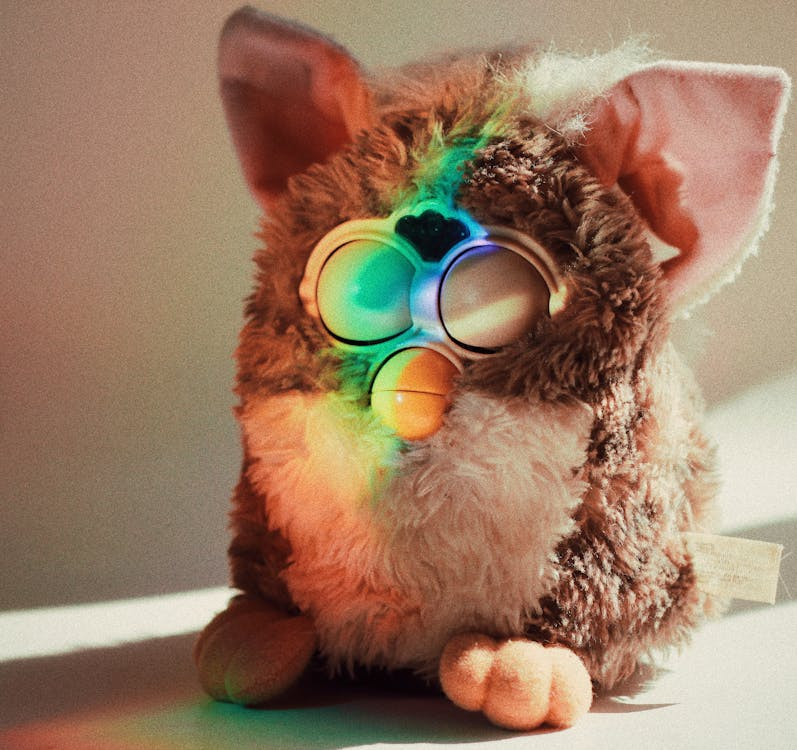
Ever-Evolving Interests
The ever-changing landscape of interests is a fundamental aspect of human behavior, shaping the trajectory of trends and the allure of collectible items over time. References to iconic phenomena like Furbies and Tickle-Me-Elmo serve as poignant reminders of this dynamic, highlighting how sought-after items can quickly fall in and out of favor as new trends emerge.
The enigmatic nature of popularity defies easy explanation or prediction, making it challenging to anticipate what will capture the public’s imagination and what will fade into obscurity.
As new interests and distractions arise, they inevitably divert attention from previously cherished pursuits, leading to a natural ebb and flow in the popularity of collectible items.
Indeed, even the most fervently collected items can succumb to the inevitability of fatigue, gradually losing their appeal over time.
The Future of NFTs
Just as one wouldn’t stake their life savings on a newly popular baseball card without careful consideration, prudent decision-making is paramount when navigating the world of NFTs. As our digital identities continue to evolve and intertwine with the physical world, NFTs offer a tantalizing glimpse into the future of digital ownership and the intricate web of factors that influence its value.
Ultimately, the true value of NFTs lies not just in their monetary worth but in their potential to redefine ownership, creativity, and community in the digital age. Our digital asset management consultants not only understand the underlying dynamics of hype and value but can help you harness the transformative power of NFTs to shape a more equitable, diverse, and vibrant digital future. Reach out to us to book a consultation.

